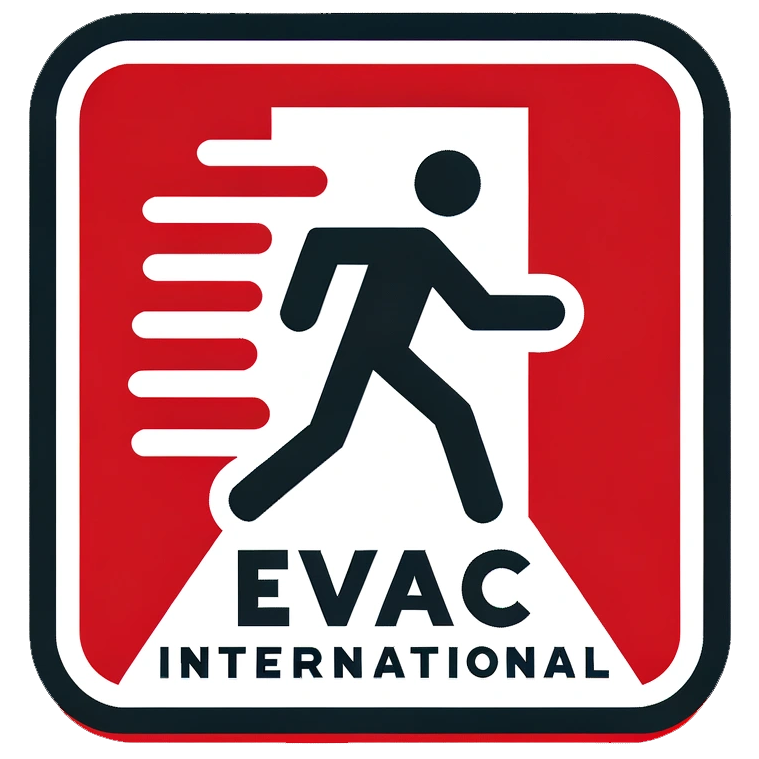In today’s world, safety must be a top priority for businesses and public buildings. Ensuring the safety and well-being of employees, visitors, and customers is crucial, especially in emergency situations such as fires. One important aspect of fire safety and evacuation is the use of evacuation chairs, which are crucial for safely transporting individuals who may have difficulty using stairs or need assistance in moving quickly to safety. As a fire safety and evacuation expert, I firmly believe that every company and public building should have evacuation chairs readily available to protect the public and ensure a safe evacuation process.
Evacuation chairs are a type of portable emergency transport device designed specifically for evacuating individuals with mobility impairments during emergency situations. They are easy to use, lightweight, and can be folded and stored in a compact space, making them an essential tool for businesses and public buildings. In the event of a fire or any emergency that requires evacuation, individuals with disabilities, injuries, or mobility issues may face challenges in quickly and safely navigating stairs or other obstacles. Evacuation chairs provide a solution to this problem by allowing trained personnel to swiftly and safely transport individuals to safety, ensuring that no one is left behind.
One of the most significant reasons why companies and public buildings must have evacuation chairs is to ensure compliance with accessibility regulations and standards. Many states and local governments require businesses and public buildings to provide accessible means of egress for individuals with disabilities. This includes having a plan in place for the safe evacuation of individuals with mobility impairments in the event of an emergency. Failure to comply with these regulations can result in legal consequences and put individuals at risk. By having evacuation chairs on hand, businesses and public buildings not only comply with accessibility laws but also demonstrate a commitment to the safety and well-being of all individuals, regardless of their ability.
Furthermore, the use of evacuation chairs can significantly impact the overall evacuation process during emergencies. In a high-stress situation such as a fire, time is of the essence, and an efficient evacuation plan can make all the difference in ensuring the safety of everyone involved. Evacuation chairs provide a practical and effective means of transporting individuals who may need assistance, allowing for a swift and orderly evacuation process. Trained personnel can quickly and safely maneuver individuals using evacuation chairs, ensuring that everyone is evacuated in a timely manner. This not only protects the individuals who may have mobility limitations but also contributes to the overall safety and security of the entire building.
Another important aspect of having evacuation chairs readily available is the ethical and moral responsibility to ensure the safety and well-being of all individuals. In today’s diverse and inclusive society, it is essential for businesses and public buildings to prioritize accessibility and inclusivity in their emergency preparedness plans. By having evacuation chairs, organizations demonstrate their commitment to providing equal access to safety for all individuals, regardless of their physical abilities. This sends a powerful message of inclusivity and respect for the rights and needs of every person who enters their premises.
In addition to the legal and ethical reasons for having evacuation chairs, there are practical benefits as well. By investing in evacuation chairs, businesses and public buildings can minimize the risk of injury to both individuals and responders during evacuation processes. Without proper means of transporting individuals with mobility impairments, there is a higher likelihood of accidents and injuries occurring during evacuations. Evacuation chairs provide a safe and practical solution for ensuring the well-being of all individuals involved and reducing the risk of harm or injury.
Moreover, having evacuation chairs can enhance the overall emergency preparedness and response capabilities of businesses and public buildings. By incorporating evacuation chairs into their emergency plans, organizations demonstrate a proactive approach to safety and preparedness. This not only helps to protect individuals during emergencies but also instills a sense of confidence and reassurance among employees, visitors, and customers. Knowing that there are effective measures in place for the safe evacuation of all individuals can be a crucial factor in creating a secure and welcoming environment.
It is also important to consider the economic benefits of investing in evacuation chairs. While some may view the acquisition of evacuation chairs as an additional expense, the long-term benefits far outweigh the initial investment. In the event of a fire or other emergency, the use of evacuation chairs can prevent costly injuries and liability claims, ultimately saving businesses and public buildings a significant amount of money in the long run. Additionally, by prioritizing safety and inclusivity, organizations can enhance their reputation and appeal to a wider customer base, ultimately leading to increased patronage and revenue.
In conclusion, as a fire safety and evacuation expert, I strongly advocate for the widespread implementation of evacuation chairs in businesses and public buildings. The use of evacuation chairs is a critical component of emergency preparedness and can greatly enhance the safety and well-being of all individuals, particularly those with mobility impairments. By having evacuation chairs readily available, organizations can ensure compliance with accessibility regulations, enhance the overall efficiency of evacuation processes, and demonstrate a commitment to inclusivity and safety. Investing in evacuation chairs is not just a legal or ethical obligation; it is a practical and effective measure for protecting the public and ensuring a safe evacuation process for all. Every business and public building must prioritize the acquisition and use of evacuation chairs to create a secure and inclusive environment for everyone.

